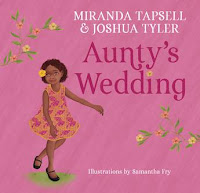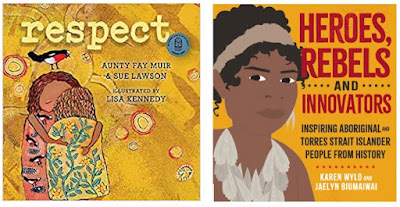Following on from posts over the previous fortnight celebrating Aboriginal literature and how to discover a wealth of titles via the NCACL Aboriginal and Torres Strait Islander Resource, this week introduces another excellent resource: The NCACL Cultural Diversity Database.
Here is the story behind the decision of the National Centre for Australian Children’s Literature to create a database of children’s books featuring cultural diversity.
You may have heard the oft-quoted analogy—children’s books are ‘windows, sliding doors and mirrors’ explored here in this article. ‘A window is a resource that offers you a view into someone else’s experience. A sliding door allows the reader to enter the story and become a part of the world. A mirror is a story that reflects your own culture and helps you build your identity’ (We Are Teachers Staff, 2018, para. 4). Children’s books are the perfect medium to do all three.
We all know that the Australian population is culturally diverse. The facts are available from the Australian Human Rights Commission website which states: ‘One in four of Australia’s 28 million people were born overseas; 46 per cent have at least one parent who was born overseas; and nearly 20 per cent of Australians speak a language other than English at home’(2014, para 5). These statistics and the windows, sliding doors and mirrors analogy motivated us to create a database featuring cultural diversity in Australian children’s books.
We found other such databases in Canada and the United States. We studied these, chose their best features and decided what would work for Australia. We asked teachers, public librarians, teacher librarians, home schooling groups, researchers, specialists in children’s literature, literacy, English as an Additional Language/Dialect (EALD) and staff at the ACT Directorate of Education what would be useful?
As our perspective on this topic developed, we needed to choose which books to include. The Centre is very fortunate to receive donations from publishers, authors and illustrators so we see the majority of Australian children’s books. We also extensively researched existing sources to discover others’ views on culturally diverse children’s books. Here are just a few that we examined:
- The Canadian Children’s Book Centre —Social Justice & Diversity Book Bank
- United States non-profit organisation —We Need Diverse Books
- AustLit: the Resource for Australian Literature
- Australian Multicultural Children’s Literature Award (1991-1995)
- CBCA’s Notable Books (1990-)
- International Board on Books for Young People Australia Honour Books
- The White Ravens: A Selection of International Children’s and Youth Literature
- Source Online: Subject Guide to Children’s Books
- Kerry White’s Australian Children’s Fiction: The Subject Guide (1993 and 1996)
- Prime Minister’s Awards for Children and Young Adult Books and all State Premier’s awards
These, other bibliographies and databases, plus a wide range of people with expertise in this field, helped us determine what and how we would capture and deliver books featuring cultural diversity. We read hundreds of books, discussed, annotated and assigned key concepts then we added Australian Curriculum Links and the Early Years Learning Frameworks. We sought out database expertise and design at 372 Digital in Canberra. It was a big learning curve. We learned a new ‘language’ about databases and realised undreamed of possibilities. A year later, our Cultural Diversity database said ‘Hello!’ to the world. People told us what they thought of the Cultural Diversity Database, and we added comments to our website.
“The database is accessible and interesting. It seems to me that kids need to be hearing their own stories and more than ever the stories of others too and access to libraries and such information as you are putting together will go some way to help that along.”
Bob Graham | Author and Illustrator | April 25 2019
“This is an amazing initiative by the National Centre for Australian Children’s Literature – a database that can be searched for titles that showcase or promote diversity, be it cultural, linguistic, familial, political, geographical, historical. Explanations and background here, dive right in here.”
Australia School Library Association | Newsletter, 30 April 2019
Pictures in this blog are jacket covers for just some of my favourites! Why not search for them on the database for publication information, curriculum links and plot summary.
Dr Belle Alderman AM, Emeritus Professor of Children's Literature
Director, National Centre for Australian Children’s Literature Inc
References
We Are Teachers Staff (2018, July 12). What are windows, mirrors, and sliding glass doors? We Are Teachers. https://www.weareteachers.com/mirrors-and-windows/
Australian Human Rights Commission. (2014). Face the facts: Cultural diversity. https://humanrights.gov.au/our-work/education/face-facts-cultural-diversity
















